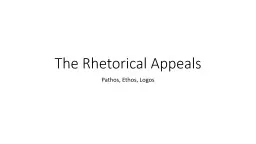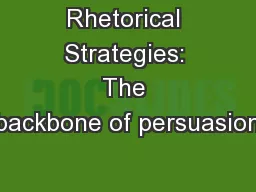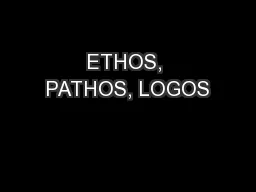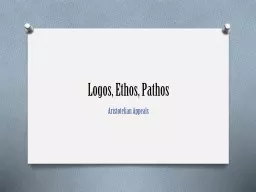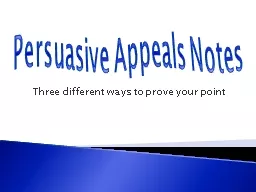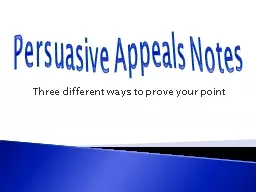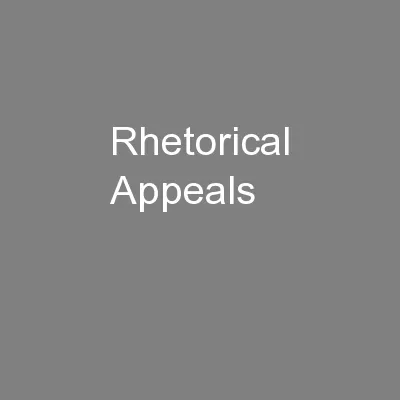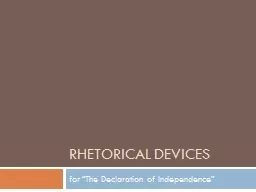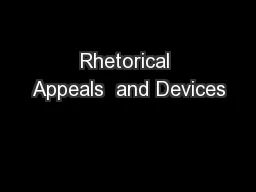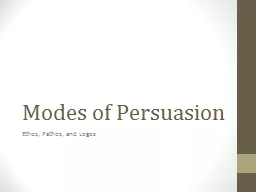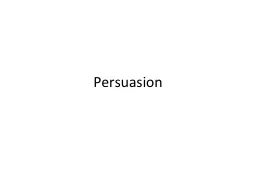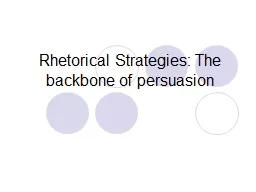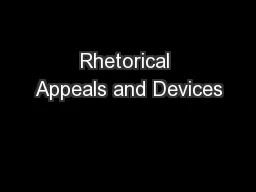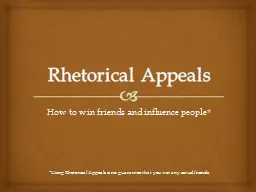PPT-The Rhetorical Appeals Pathos
Author : conchita-marotz | Published Date : 2018-03-13
Ethos Logos Aim to identify rhetorical appeals and explain how they help to develop make persuasive a central message in Stephanie Ericssons The Ways We Lie
Presentation Embed Code
Download Presentation
Download Presentation The PPT/PDF document "The Rhetorical Appeals Pathos" is the property of its rightful owner. Permission is granted to download and print the materials on this website for personal, non-commercial use only, and to display it on your personal computer provided you do not modify the materials and that you retain all copyright notices contained in the materials. By downloading content from our website, you accept the terms of this agreement.
The Rhetorical Appeals Pathos: Transcript
Download Rules Of Document
"The Rhetorical Appeals Pathos"The content belongs to its owner. You may download and print it for personal use, without modification, and keep all copyright notices. By downloading, you agree to these terms.
Related Documents

